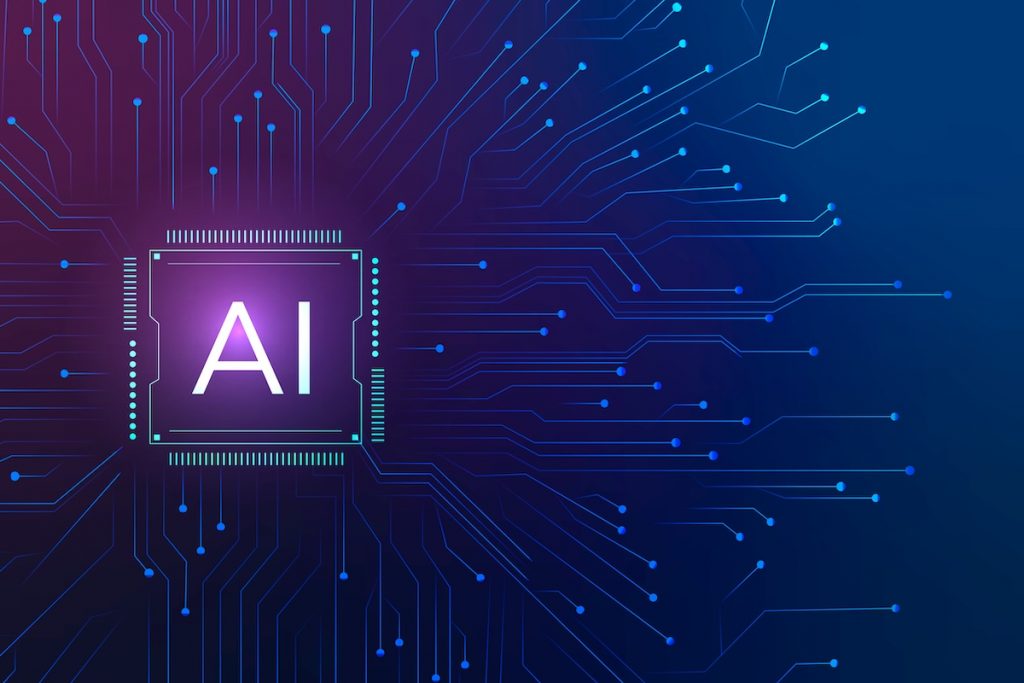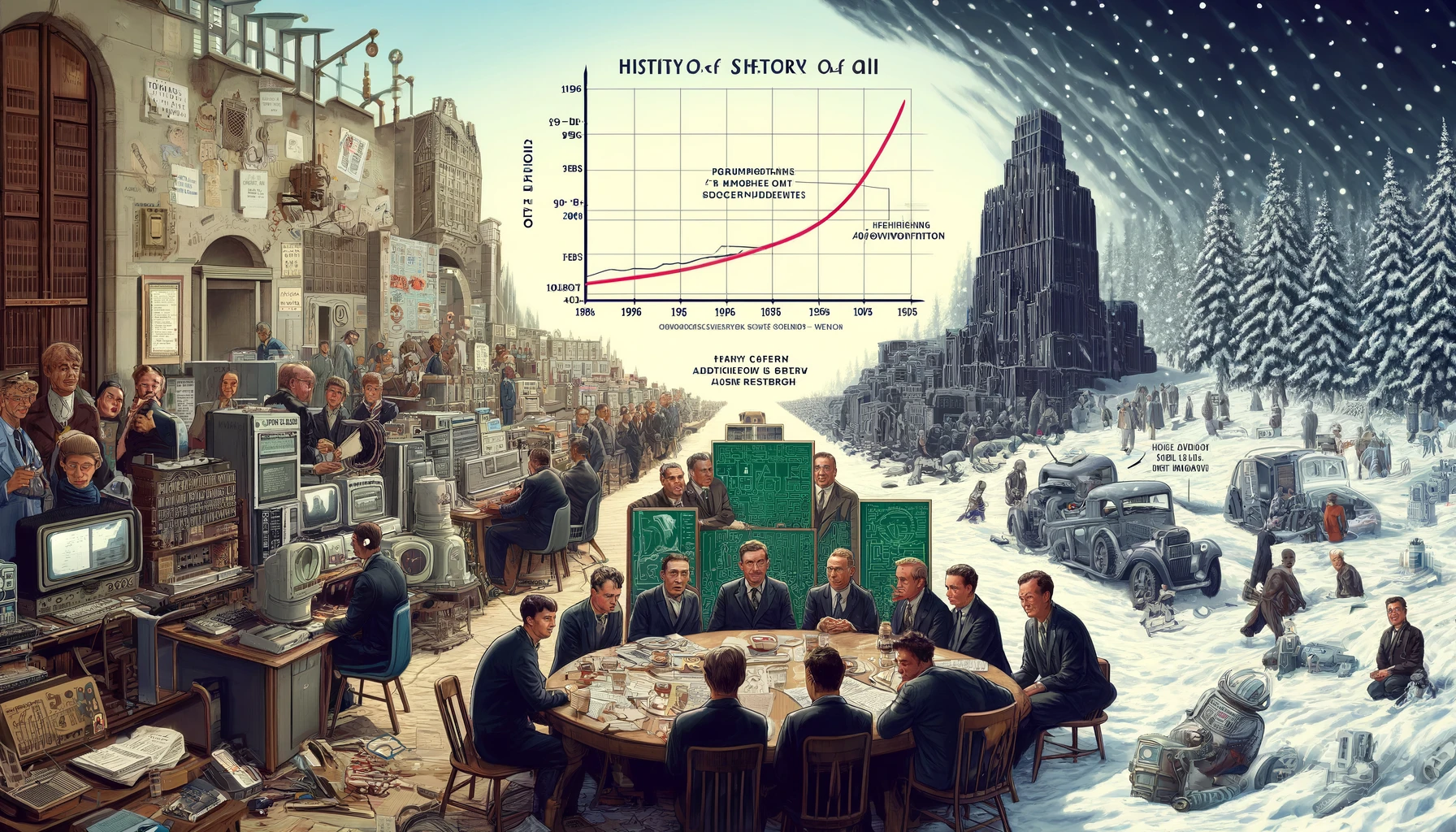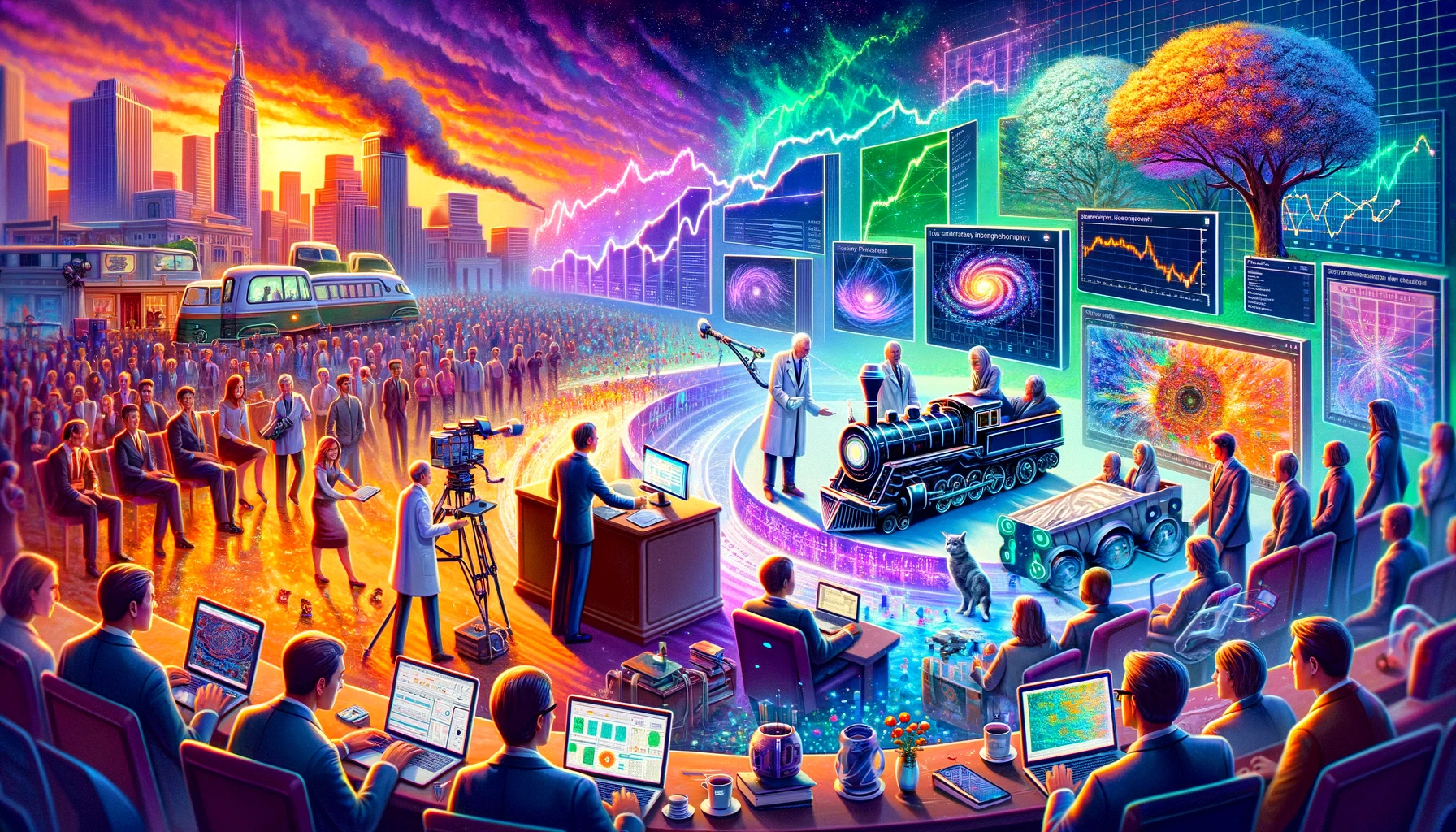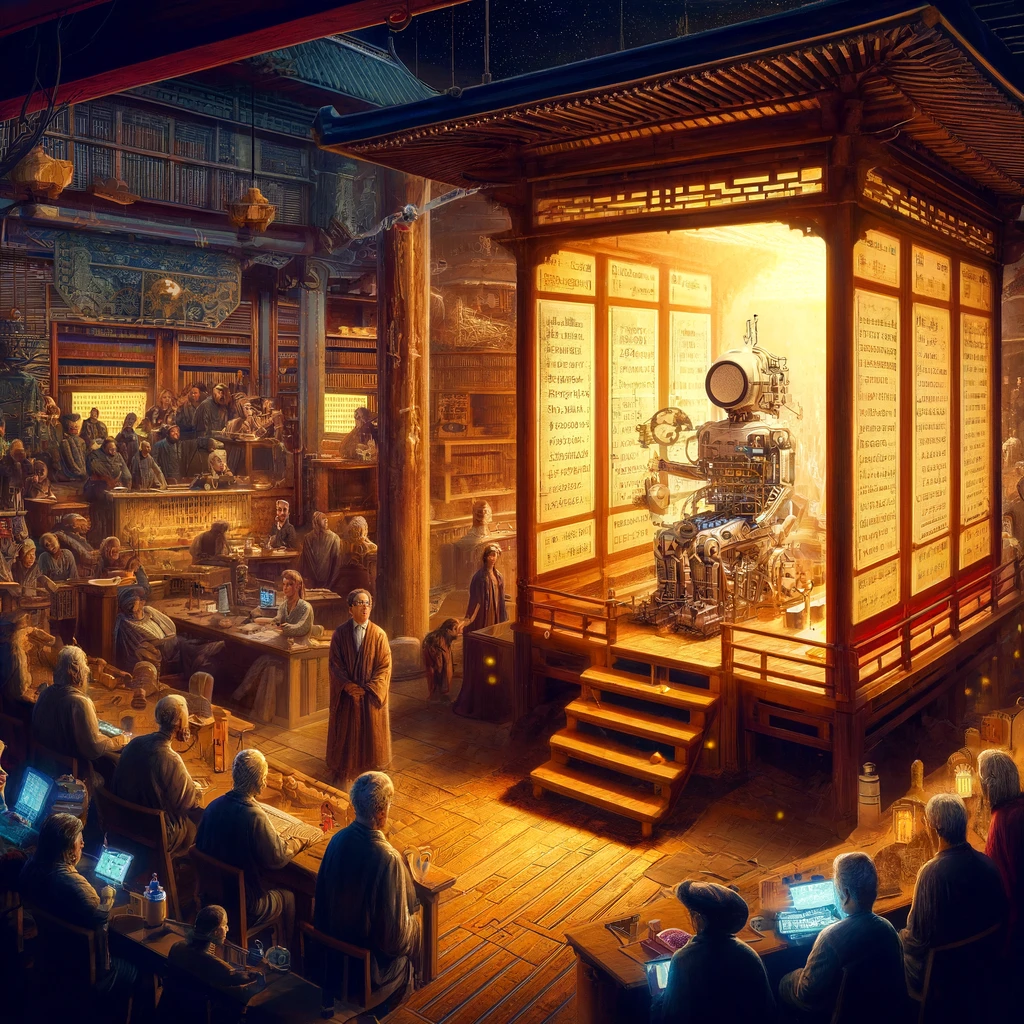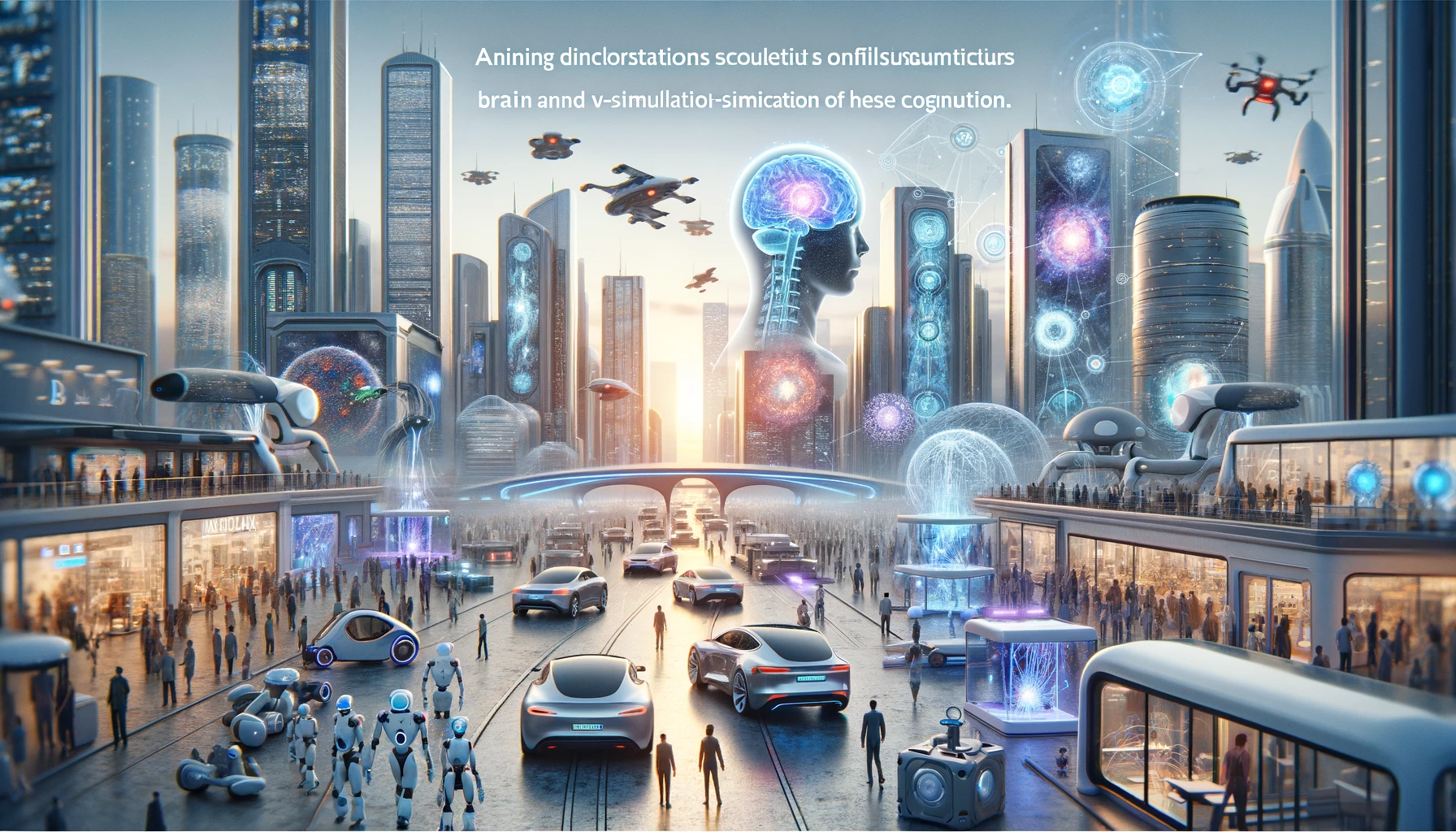Artificial Intelligent Seasons
Birth of AI. Winter
The terms “artificial intelligence” and “machine learning” began shaping the technological landscape in the mid-20th century, with the official birth of AI at the Dartmouth Conference in 1956. John McCarthy and his colleagues coined “artificial intelligence” there. The following decades saw bursts of progress and enthusiasm. Early optimism in the 1960s and 70s was tempered by the complexity of human cognition. The 1980s revived interest and funding due to expert systems and systematic approaches to machine learning. However, by the late 1980s and early 1990s, technological and methodological limitations led to another AI winter, with reduced funding and expectations.
AI peeps in the brain. Spring
Entering the 21st century, the landscape changed again. Despite fears of another AI winter in the early 2000s, advances in computational power, large datasets, and improved algorithms renewed interest and optimism. By 2012, deep learning architectures, like CNNs introduced by Alex Krizhevsky at the ImageNet competition, marked a pivotal turn in AI research. Since 2015, the development of sophisticated AI systems accelerated. Technologies like GANs, Transformers, and reinforcement learning pushed AI’s boundaries, mastering games, driving cars, and aiding medical diagnoses.
AI becoming hot …
From the late 20th century perspective, AI technologies 2024 represent the fulfilment of ambitious goals. Back then, human-level vision and seamless dialogue with machines seemed distant. Today, computer vision and conversational AI’s achievements meet and often exceed those expectations. AI models now rival human performance in object recognition and scene interpretation, transforming sectors like security, healthcare, and autonomous driving. Similarly, conversational AI, like ChatGPT, has advanced where interactions are often indistinguishable from human ones. This natural language processing was once a subject of speculation and aspiration, debated by philosophers, neuroscientists, and AI researchers.
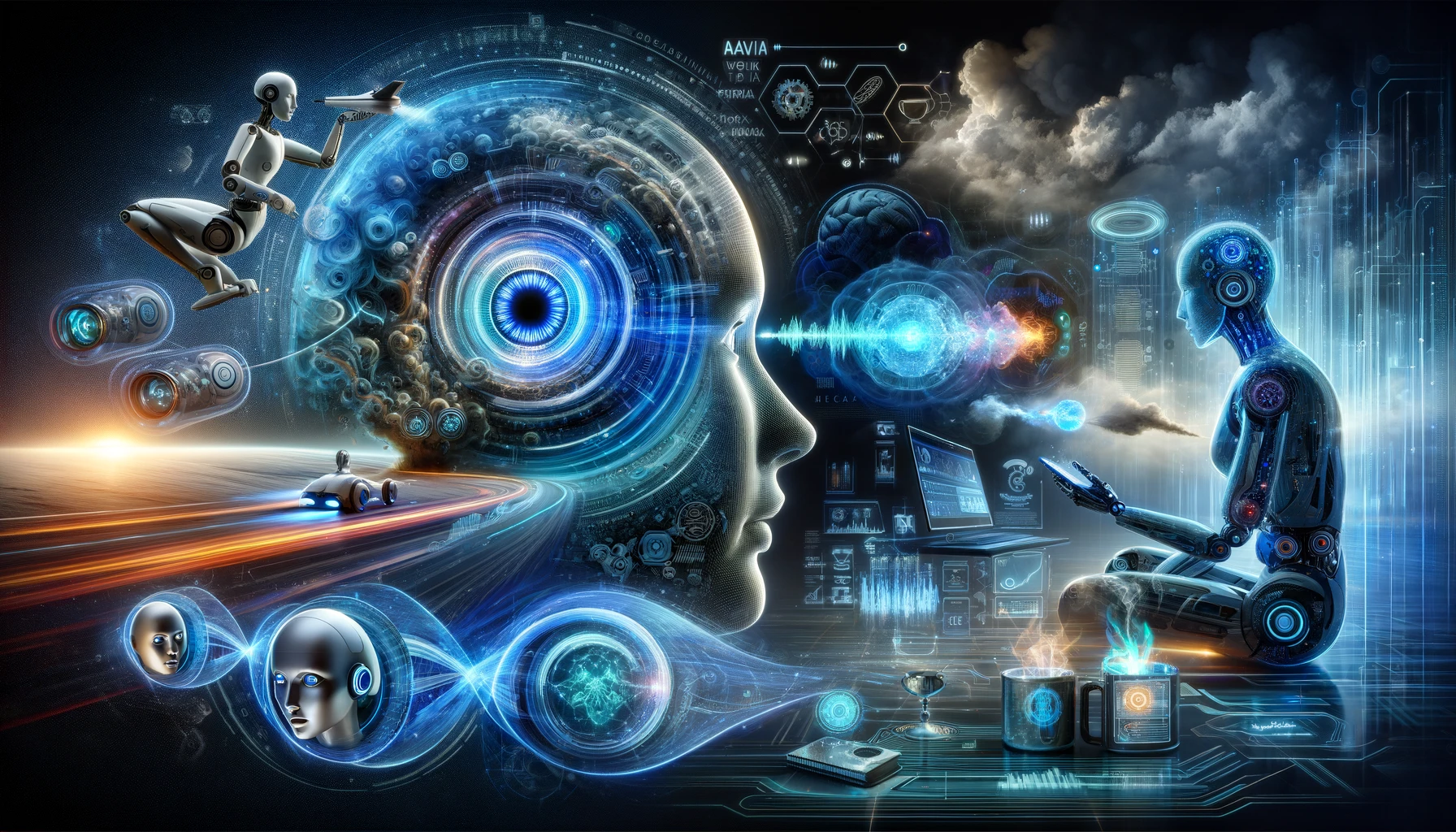
One philosophical challenge that has been particularly influential in these discussions is the Chinese Room argument, proposed by John Searle. It questions whether a machine that processes language according to predefined rules, without understanding the meaning behind the words, can truly be said to “understand” language in the same way humans do. Searle’s argument has spurred ongoing debate about the nature of consciousness and machine intelligence. Despite these philosophical challenges, the practical capabilities of systems like ChatGPT demonstrate that, at least in functional terms, conversational AI can perform tasks and engage in dialogues that were once thought to require human-like understanding and cognition.
Never-ending summer
The ability of AI to process and generate language, exemplified by systems like ChatGPT, is fundamentally changing the data science landscape. Modern data scientists are increasingly shifting their focus from designing custom algorithms to adopting ‘backbone’ deep learning models. Sophisticated AI models like ChatGPT have transformed how data scientists approach their work. Now, we utilize tools like ChatGPT to search for solutions, write and check our scripts, and translate technical summaries for business users. The future of data science is evolving towards “prompt engineering,” where knowing what to ask, how to ask it, and understanding the correctness of the answers become crucial skills. In this new paradigm, the emphasis is less on the details of classical machine learning and more on leveraging pre-trained models to achieve results efficiently.
This shift brings several practical implications and challenges. On one hand, it democratizes access to advanced AI capabilities, allowing data scientists to quickly deploy powerful models without deep expertise in their underlying mechanisms. This accelerates innovation and provides rapid prototyping and deployment of AI solutions across various sectors. On the other hand, it raises new challenges, such as managing the risks associated with over-reliance on pre-trained models and maintaining a deep understanding of the data being used. Data scientists must stay vigilant about data privacy, algorithmic bias, and model transparency. As AI tools become more integral to the data science workflow, the role of the data scientist will continue to transform. This evolution signifies a move towards a more strategic, high-level approach to data science, where understanding and leveraging AI becomes as important as technical expertise in machine learning.
Technological singularity storm
This confluence of technological advancements is reshaping the dialogue about artificial intelligence and its place in human society, nudging us closer to what some refer to as the ‘technical singularity’—a hypothetical point where technological growth becomes uncontrollable and irreversible, fundamentally changing human civilization. This brings a new depth to the ongoing debate about whether these systems truly “understand” or simply mimic human cognitive processes, which remains at the heart of AI philosophy and, increasingly, our broader understanding of technology’s role in the future.
* Images generated with DALL-E 2, an AI art generation model developed by OpenAI.
About the author
This article was written by Ihar Rubanau, Senior Data Scientist at Sigma Software Group.
